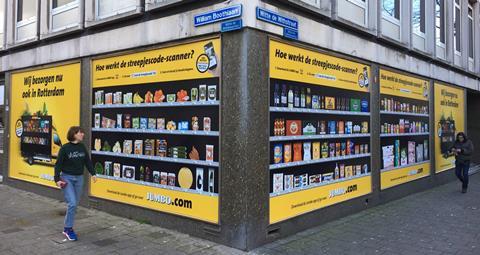
Supermarket shelves are becoming increasingly full. As a result, food manufacturers and their supply chains face major challenges in delivering the best, rather than the most, products. The focus is shifting towards categories and products that provide manufacturers with the most incremental growth, but which also satisfy the retailer’s need to improve category performance.
From a shopper perspective, every supplier needs to identify what makes their product unique – something that clearly encourages that shopper to buy it. If a company wants to enhance its product offering in a category, it needs to offer more than just the basics.
In a category dominated by private label, for example, brands need genuine differentiation not only to survive but also to drive consumers to the point of sale because they know they will find the product they want more than anything else.
But in a busy category with a potentially overwhelming array of choices, what makes someone chose one variety over another? What product characteristics are most relevant in different shopper segments coming to a particular banner in a specific market?
Today, manufacturers are bombarded with data from a variety of sources. Sales figures and customer loyalty information present consumer preferences in detail. But having access to large amounts of data does not necessarily lead to better decision-making. In fact, many struggle to cope make sense of data.
The untapped potential of big data is huge. For suppliers, being able to extract data and analyse it effectively will be more important in future when it comes to developing new products, effective pricing and promotional strategies. If a new product is not introduced at the right point of sale, in the right category and to the right consumer, those suppliers will miss an opportunity to grow.
Smartening up
Using predictive analytics, manufacturers can analyse their products’ key attributes – size, packaging, brand, pricing – and analyse competitors to pinpoint what is likely to sell in different places. They can then work out how incremental a product’s growth will be before taking it to market.
What suppliers and marketers need are powerful, smart data – the combination of big data and analytics – that strengthens the impact of their pricing, marketing and advertising, not to mention the return on investment. This means knowing what is the right price point for a product, as well as being able to create and deliver the most effective promotional and media strategies, based on better forecasting and analysis of customers’ individual buying preferences and shopping habits.
Many FMCG markets remain flat as margins are squeezed, which means marketing budgets are under pressure. Investing better is therefore essential, so smart data and the use of analytics has become a game-changer for those food manufacturers choosing to embrace it; forecasting demand for individual products in different markets and even stores, as well as optimising pricing and promotions, creates a competitive advantage.
In order to guarantee growth, manufacturers and retailers of all sizes in western Europe are already optimising pricing and promotions as standard, monitoring all categories and products, then adjusting their marketing accordingly. Typically, this is supported by the whole business and led by finance teams that recognise the real value of smart data.
However, it seems that most have only scratched the surface in terms of what is possible in this field and the opportunities that smart data can deliver.



